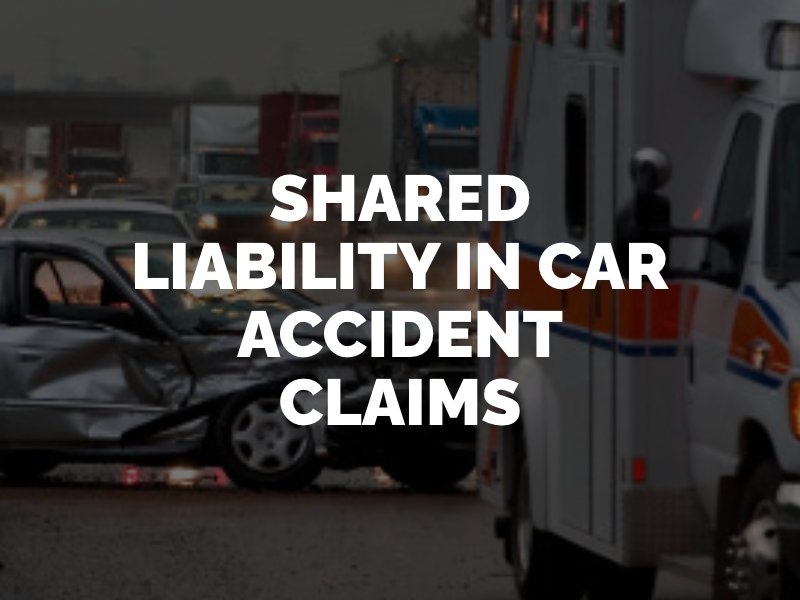Shared Liability in California Car Accident Claims
Many car accidents in California are not entirely the fault of one party. Instead, two or more parties often share fault, such as both drivers dividing the fault or a third party bearing some of the blame. Learn from a Los Angeles car accident attorney how cases involving shared liability are handled in California to know what to expect during your claim.

What Is California’s Pure Comparative Negligence Law?
Liability or legal responsibility for an automobile accident is not always black and white. Many cases involve complex issues of liability and multiple at-fault parties. These cases will use California’s pure comparative negligence law to calculate payouts.
California Civil Code § 1714 states: (a) Everyone is responsible, not only for the result of his or her willful acts, but also for an injury occasioned to another by his or her want of ordinary care or skill in the management of his or her property or person, except so far as the latter has, willfully or by want of ordinary care, brought the injury upon himself or herself.
Under this rule, an injured individual who shares fault for a car accident can still recover partial financial compensation. However, his or her financial recovery will be reduced by a dollar amount that is equivalent to the proportion of fault allocated to the individual.
How Does Shared Liability Affect Car Accident Compensation?
If an insurance company finds you partially at fault for an automobile accident in California, this can diminish your financial recovery from a defendant. If you are allocated 10 percent of the blame, for example, an award that started at $100,000 would be reduced by 10 percent ($10,000) to $90,000.
Since California uses a pure comparative negligence law, a plaintiff can be found up to 99 percent at fault and still receive the remaining 1 percent in financial compensation from a defendant. In modified comparative fault states, on the other hand, the ability to recover is typically capped at around 50 percent. In contributory negligence states, any amount of fault – even 1 percent – bars a victim from compensation.
If liability is shared between two or more defendants in California, each defendant will owe you financial compensation in an amount that matches that party’s degree of fault. Identifying multiple at-fault parties can help you maximize your compensation by granting you access to multiple insurance policies.
Common Crash Types Involving Shared Fault
Certain types of motor vehicle collisions in California are more likely to involve shared liability than others due to the nature of the crash and the number of parties involved. Examples include:
- Pedestrian-vehicle collisions
- Bicycle accidents
- Motorcycle accidents
- Work vehicle accidents
- Rideshare cases
- Rear-end collisions
- T-bone accidents
- Left-turn accidents
- Parking lot accidents
- Multivehicle collisions
Multiple parties may share fault if an accident involves factors such as defective vehicle parts, a company or employer, dangerous road conditions, a pedestrian jaywalking, or three or more drivers.
How to Combat an Allegation of Shared Liability
If you are being blamed for your automobile accident in California, this could have a negative impact on your financial recovery. The best way to handle this situation is by hiring a car accident attorney to represent you during conversations with insurance companies.
An attorney can help you prove that another party is at fault through services such as crash investigation, evidence collection and the hiring of accident reconstruction experts. Your attorney can deliver compelling evidence to an insurance company or present it in court, if necessary, to advocate on your behalf.
